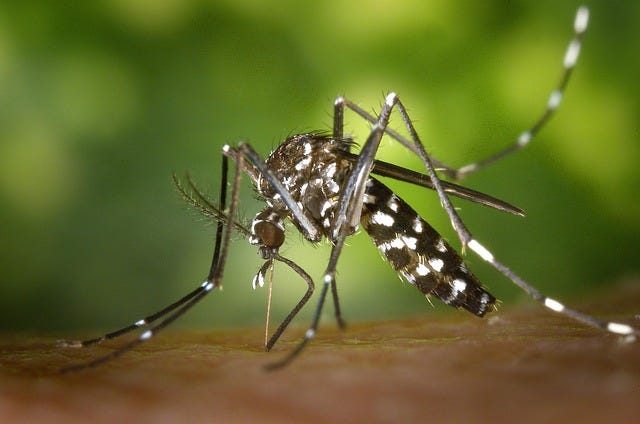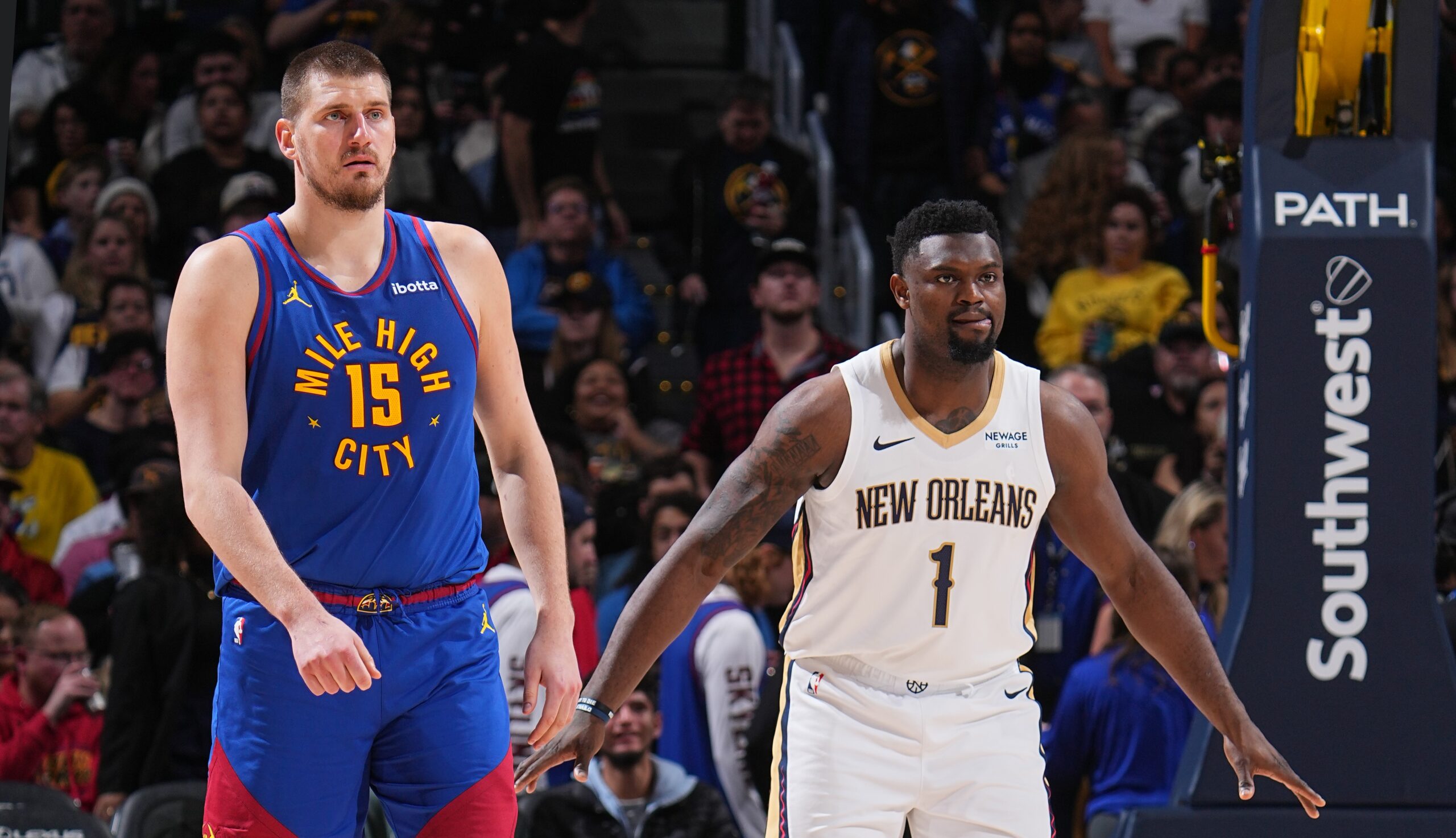Brendan Rodgers © Getty Images
Brendan Rodgers has left his role as Celtic manager, the Scottish Premiership club announced on Monday, ending his second spell in charge after a poor start to the season.
“Brendan Rodgers has today tendered his…

Brendan Rodgers © Getty Images
Brendan Rodgers has left his role as Celtic manager, the Scottish Premiership club announced on Monday, ending his second spell in charge after a poor start to the season.
“Brendan Rodgers has today tendered his…

Santa Catarina state is facing a significant increase in cases of the DENV-3 dengue serotype this year. DENV-3 can cause symptoms similar to those of other serotypes, but it has the potential to lead to severe dengue if exposed to a different…

The band, who were personally affected by the blaze, will be joined by Jackson Browne, Jenny Lewis, and others for a concert on the one-year mark of the Altadena fire
Of the many creatives whose homes or work places were…

Rafael Manuel‘s debut feature “Filipinana” is making its pitch at the Tokyo Gap-Financing Market as the international co-production enters advanced post-production.
The film, which expands on Manuel’s Silver Bear Jury Prize-winning…

A large Japanese cohort study reveals that even modest weekly cheese consumption may help preserve cognitive health, offering fresh insight into how simple dietary habits could support an aging brain.
Study: Cheese Consumption and…

Miguel is bringing Caos to the world. On Monday, the R&B star announced the dates for his jam-packed North American and European tour scheduled for next February in celebration of his latest album, Caos.
Joined by Jean Dawson on the road,…

The Knicks head to Chicago to go head-to-head against the Bulls on Halloween.
After an electric opening week, the excitement keeps rolling in Week 2. Stream some of the best matchups exclusively on NBA League Pass.
Monday, Oct. 27: Thunder at…

According to a new report, Apple is about to launch four new apps for iPadOS. These are Pixelmator Pro, MainStage, Motion, and Compressor. They would join Apple’s Final Cut Pro and Logic Pro, both of which arrived on iPadOS in 2023.
The…

Joe PikePolitics investigations correspondent
 The Sun/News Licensing
The Sun/News LicensingPrince Andrew hosted Jeffrey Epstein, Ghislaine Maxwell…
